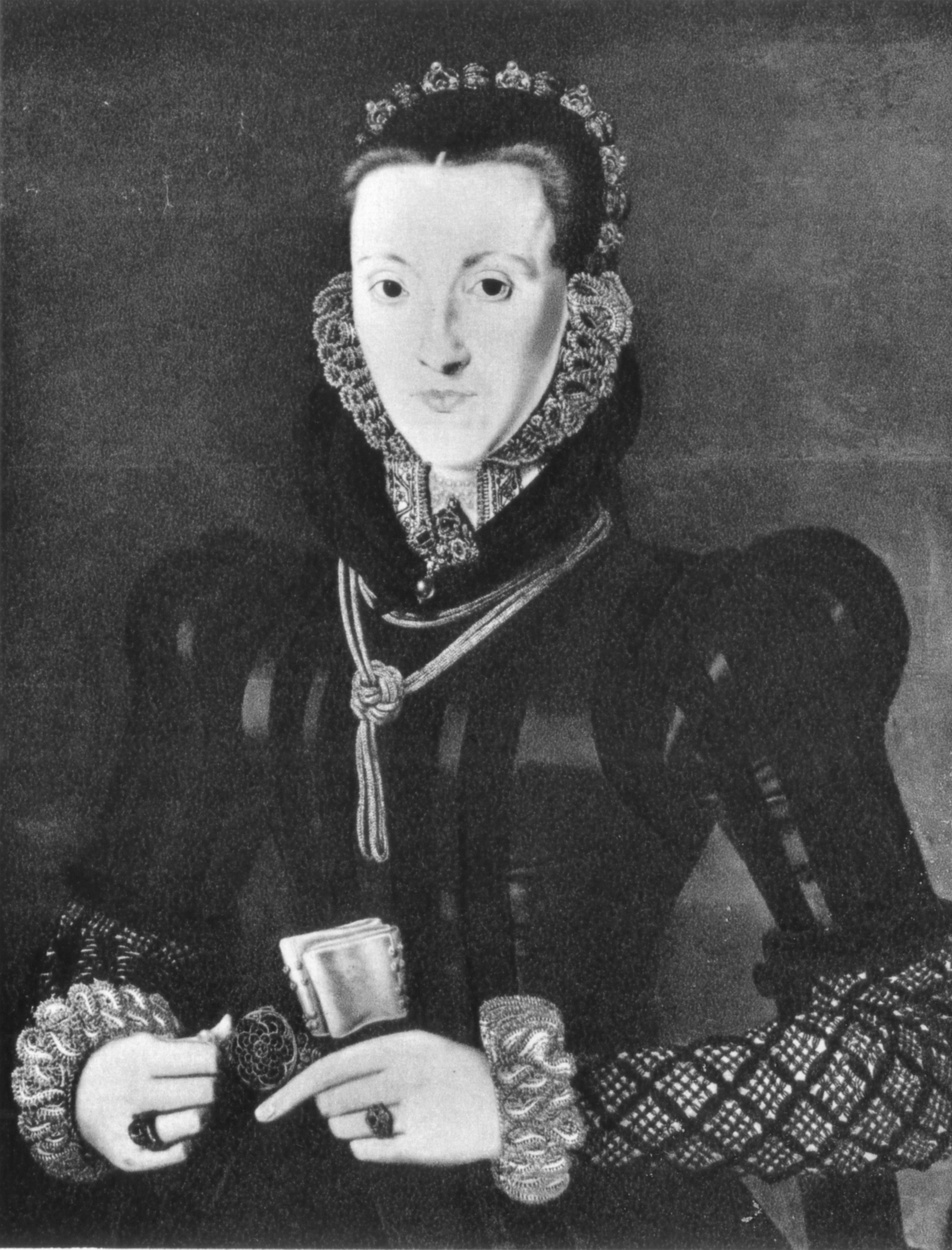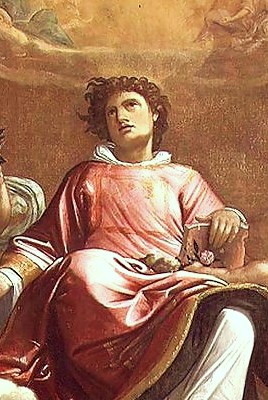|
First Book Of Discipline
The ''Book of Discipline'' refers to two works regulative of ecclesiastical order in the Church of Scotland, known as ''The First Book of Discipline'' (1560) and ''The Second Book of Discipline'' (1578), drawn up and printed in the Scottish Reformation. The first was drafted by a committee of "six Johns", including leading reformer John Knox. It set out a system of Presbyterian polity on the Geneva model, but the lack of funds meant its programme of clerical organisation and education was largely abandoned. The second book was adopted after the forced abdication of Mary Queen of Scots and was much more clearly Presbyterian in outlook. It placed church supervision fully in the hands of groups of elected church leaders in presbyteries. Background In 1560, following the death of the regent Mary of Guise, who ruled on behalf of her daughter Mary, Queen of Scots who was in France and the defeat of French forces at the Siege of Leith, the reform-minded Lords of the Congregation were i ... [...More Info...] [...Related Items...] OR: [Wikipedia] [Google] [Baidu] |
Ecclesiastical
{{Short pages monitor ... [...More Info...] [...Related Items...] OR: [Wikipedia] [Google] [Baidu] |
John Winram
John Winram (1492 - 1582) was a 16th-century Scottish priest and ecclesiastical reformer. He was born in 1492, the son of one James Winram of Ratho and his wife Margaret Wilkie. He obtained a Bachelor's Degree (1515), a Master's Degree (x 1532) and a Doctorate (1541) from St Leonard's College, University of St Andrews. He had become an Augustinian canon at St Andrews Cathedral Priory by 1527, becoming sub-prior by the end of 1535. By then, he was ''de facto'' leader of the house, since the commendator-prior was James Stewart, born only in 1531 and still a minor. In 1553 he was appointed to be Prior of St Serf's Inch, Lochleven. In his roles at St Andrews and St Serf's Inch, he was able to exert an influence on the national church. He was a keen reformer, but it was not until the Scottish Reformation came fully into being that he accepted a break with the Roman Catholic Church. Winram played a leading role in the early organisation of the newly independent Scottish Church, ... [...More Info...] [...Related Items...] OR: [Wikipedia] [Google] [Baidu] |
Battle Of Langside
The Battle of Langside was fought on 13 May 1568 between forces loyal to Mary, Queen of Scots, and forces acting in the name of her infant son James VI. Mary’s short period of personal rule ended in 1567 in recrimination, intrigue, and disaster when, after her capture at Carberry Hill, she was forced to abdicate in favour of James VI. Mary was imprisoned in Lochleven Castle, while her Protestant half-brother, James Stewart, Earl of Moray, was appointed Regent on behalf of his nephew. In early May 1568 Mary escaped, heading west to the country of the Hamiltons, high among her remaining supporters, and the safety of Dumbarton Castle with the determination to restore her rights as queen. Mary was defeated and went into exile and captivity in England. The battle is generally considered the start of the Marian civil war. Queen's Men Mary's abdication had not been universally popular, even among sections of the Protestant nobility, and news of her escape were widely welcomed. Wi ... [...More Info...] [...Related Items...] OR: [Wikipedia] [Google] [Baidu] |
James Stewart, 1st Earl Of Moray
James Stewart, 1st Earl of Moray (c. 1531 – 23 January 1570) was a member of the House of Stewart as the illegitimate son of King James V of Scotland. At times a supporter of his half-sister Mary, Queen of Scots, he was the regent of Scotland for his half-nephew, the infant King James VI, from 1567 until his assassination in 1570. He was the first head of government to be assassinated with a firearm. Early life Moray was born in about 1531, an illegitimate child of King James V of Scotland and his mistress Lady Margaret Erskine, daughter of John Erskine, 5th Lord Erskine, and wife of Sir Robert Douglas of Lochleven. On 31 August 1536, he received a royal charter granting the lands of Tantallon Castle, Tantallon and others. James was appointed Prior of St Andrews, Fife, in 1538.Sir James Balfour Paul, ''The Scots Peerage'', vol. 1 (Edinburgh: David Douglas, 1904), p. 23. This position supplied his income. Clothes for "lord James of Sanctandrois" and his brothers were made ... [...More Info...] [...Related Items...] OR: [Wikipedia] [Google] [Baidu] |
James I Of England
James VI and I (James Charles Stuart; 19 June 1566 – 27 March 1625) was King of Scotland as James VI from 24 July 1567 and King of England and Ireland as James I from the union of the Scottish and English crowns on 24 March 1603 until his death in 1625. Although he long tried to get both countries to adopt a closer political union, the kingdoms of Scotland and England remained sovereign states, with their own parliaments, judiciaries, and laws, ruled by James in personal union. James was the son of Mary, Queen of Scots, and a great-great-grandson of Henry VII, King of England and Lord of Ireland, and thus a potential successor to all three thrones. He acceded to the Scottish throne at the age of thirteen months, after his mother was forced to abdicate in his favour. Although his mother was a Catholic, James was brought up as a Protestant. Four regents governed during his minority, which ended officially in 1578, though he did not gain full control of his governmen ... [...More Info...] [...Related Items...] OR: [Wikipedia] [Google] [Baidu] |
Deacon
A deacon is a member of the diaconate, an office in Christian churches that is generally associated with service of some kind, but which varies among theological and denominational traditions. Major Christian denominations, such as the Catholic Church, the Oriental Orthodox Churches, the Eastern Orthodox Church, Lutheranism, Presbyterianism, Methodism, and Anglicanism, view the diaconate as an order of ministry. Permanent deacons (or distinctive deacons) are those who do not later transition to another form of ministry, in contrast to those continuing their formation who are then often called transitional deacons. Origin and development The word ''deacon'' is derived from the Greek word (), which is a standard ancient Greek word meaning "servant", "waiter", "minister", or "messenger". Recent research has highlighted the role of the deacon "as a co-operator" and "go-between," emphasizing their intermediary position in early Christian communities. It is generally assum ... [...More Info...] [...Related Items...] OR: [Wikipedia] [Google] [Baidu] |
Elder (Christianity)
In Christianity, an elder is a person who is valued for wisdom and holds a position of responsibility and authority in a Christian group. In some Christian traditions (e.g., Eastern Orthodoxy, Roman Catholicism, Anglicanism, Methodism) an ''elder'' is an ordained person who serves a local church or churches and who has been ordained to a ministry of word, sacrament and order, filling the preaching and pastoral offices. In other Christian traditions (e.g., Presbyterianism, Churches of Christ, Plymouth Brethren), an elder may be a lay person serving as an administrator in a local congregation, or be ordained and serving in preaching (teaching during church gatherings) or pastoral roles. There is a distinction between ordained elders and lay elders. The two concepts may be conflated in everyday conversation (for example, a lay elder in the Baptist tradition may be referred to as "clergy", especially in America). In non-Christian world cultures the term elder refers to age and exper ... [...More Info...] [...Related Items...] OR: [Wikipedia] [Google] [Baidu] |
Minister (Christianity)
In Christianity, a minister is a person authorised by a church body, church or other religious organization to perform functions such as teaching of beliefs; leading services such as weddings, baptisms or funerals; or otherwise providing spiritual guidance to the community. The term is taken from Latin ''minister'' ("servant", "attendant"). In some church traditions the term is usually used for people who have been ordained, but in other traditions it can also be used for non-ordained. In the Catholic Church, the Eastern Orthodox Church, the Oriental Orthodox Church, Anglicanism and Lutheranism, the concept of a priesthood is emphasized, though in the Church of England there are nearly as many non-ordained licensed lay ministers as there are paid clergy. In other traditions such as Baptist, Methodist, and Reformed Christianity, Reformed groups like Congregationalists and Presbyterians, the term "minister" usually refers to a member of the ordination, ordained clergy who leads a ... [...More Info...] [...Related Items...] OR: [Wikipedia] [Google] [Baidu] |
Superintendent (ecclesiastical)
Superintendent is the title given to a person who is a leader of a Christian denomination at the regional or national level in some Protestant denominations. Lutheran usage This title has been used in Lutheranism since 1527 for pastors leading a denomination at the regional level. The office was similar to that of bishop, but instead of being ordained by the archbishop, the superintendent was appointed by the Crown. This new model of ecclesiastical polity was partly political, as the Roman Catholic bishops before the Reformation held considerable political power and often used it against the king. Superintendents' loyalty was supposed to lie with the head of the church, the monarch. Presbyterian usage The Presbyterian Church of Scotland's First Book of Discipline of 1560 provided for Scotland to be divided into ten dioceses with superintendents. Methodist usage The term "Superintendent" is used for several varying positions in Methodism worldwide since 1784. In the American ... [...More Info...] [...Related Items...] OR: [Wikipedia] [Google] [Baidu] |
Laird
Laird () is a Scottish word for minor lord (or landlord) and is a designation that applies to an owner of a large, long-established Scotland, Scottish estate. In the traditional Scottish order of precedence, a laird ranked below a Baronage of Scotland, baron and above a gentleman. This rank was held only by those holding official recognition in a territorial designation by the Lord Lyon King of Arms. They are usually styled [''name''] [''surname''] of [''lairdship'']. However, since "laird" is a Courtesy titles in the United Kingdom, courtesy title, it has no formal status in law. Historically, the term bonnet laird was applied to rural, petty landowners, as they wore a Bonnet (headgear)#Men, bonnet like the non-landowning classes. Bonnet lairds filled a position in society below lairds and above Husbandman, husbandmen (farmers), similar to the Yeoman, yeomen of England. An Internet fad is the selling of tiny souvenir plots of Scottish land and a claim of a "laird" title to go ... [...More Info...] [...Related Items...] OR: [Wikipedia] [Google] [Baidu] |
John Row (reformer)
John Row (c1525–1580), was a Scottish reformer, born around 1526 near Dunblane. He was educated at the Grammar School of Stirling and St Leonard's College, St Andrews, where he matriculated in 1544. After graduating with an M.A. he studied Canon Law and practised as an advocate in the Consistory Court of St Andrews. In 1550, he was appointed agent for the Scottish clergy at Rome, where he remained seven or eight years. He was awarded Licentiate of Laws (20 February 1556), and LL.D. Padua. The fame of his talents and learning led to his intimacy with Pope Paul IV and some of the cardinals, and would probably have led to his promotion ; but owing to ill-health he was compelled to return to Scotland, when he was appointed nuncio to investigate the causes of the Reformation and to devise means for checking its progress. He reached Eyemouth on 29 September 1558, but finding himself unable to fulfil his injunctions, returned to Rome before 11 May 1559. After a short residence ther ... [...More Info...] [...Related Items...] OR: [Wikipedia] [Google] [Baidu] |



